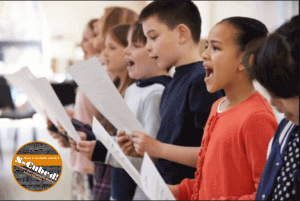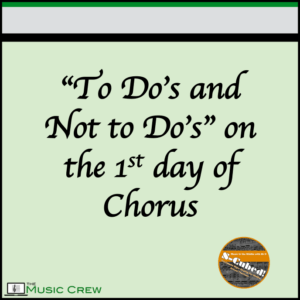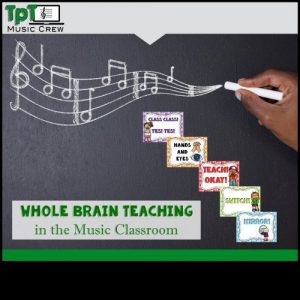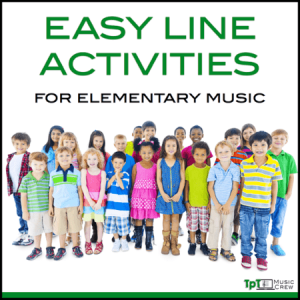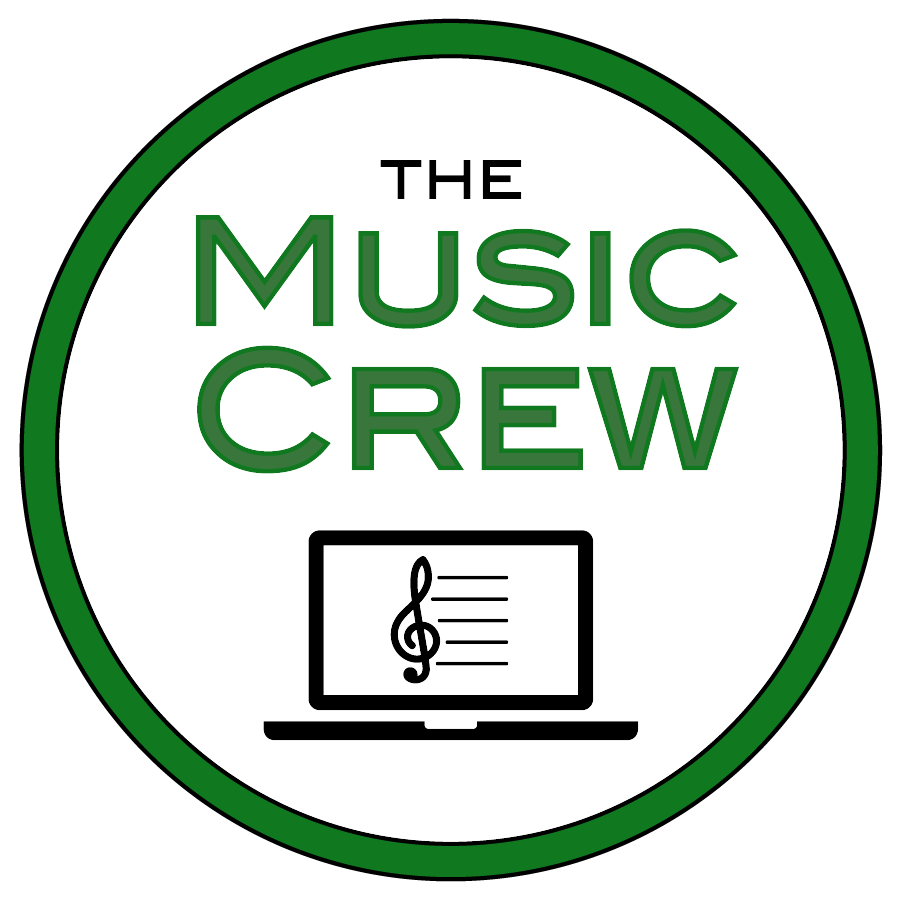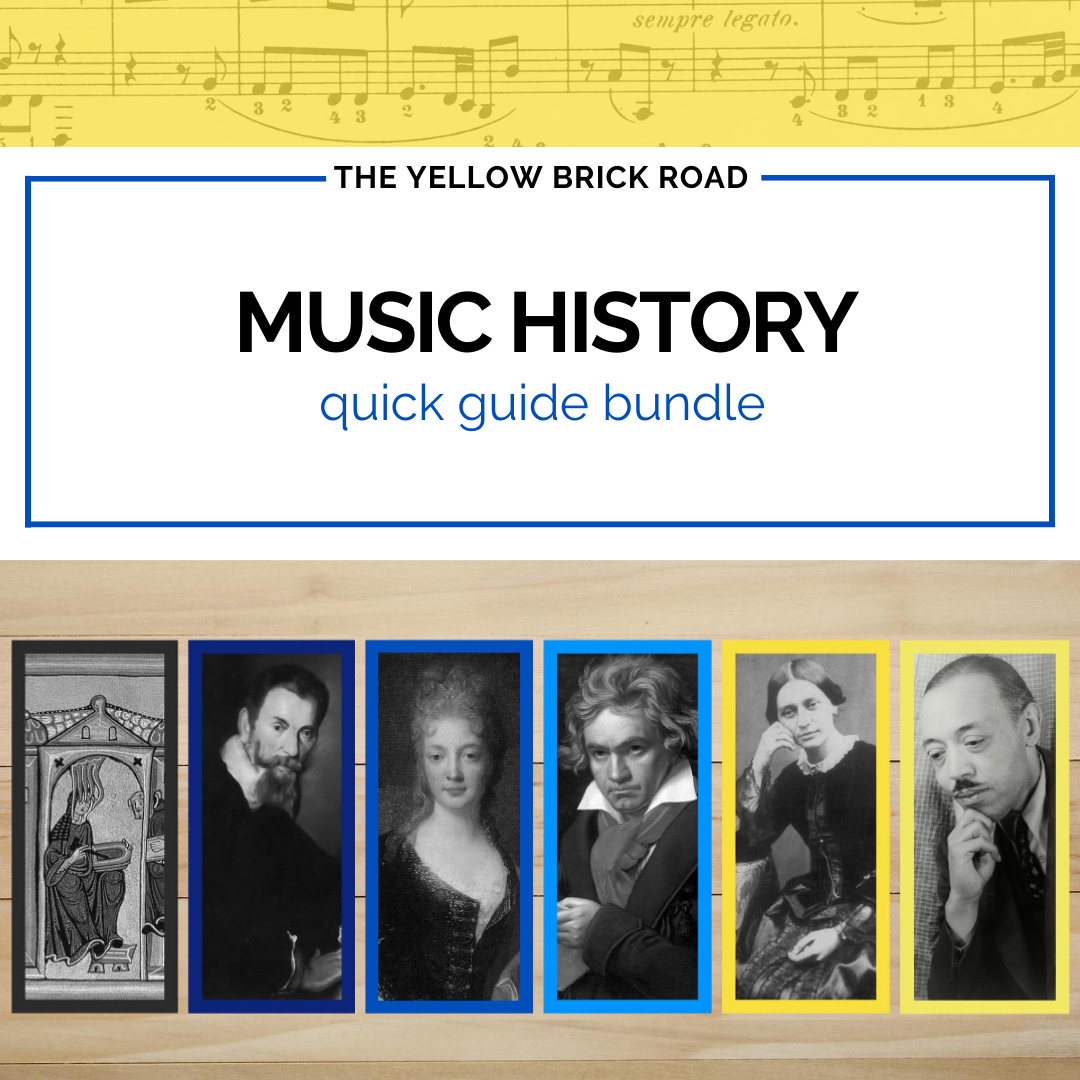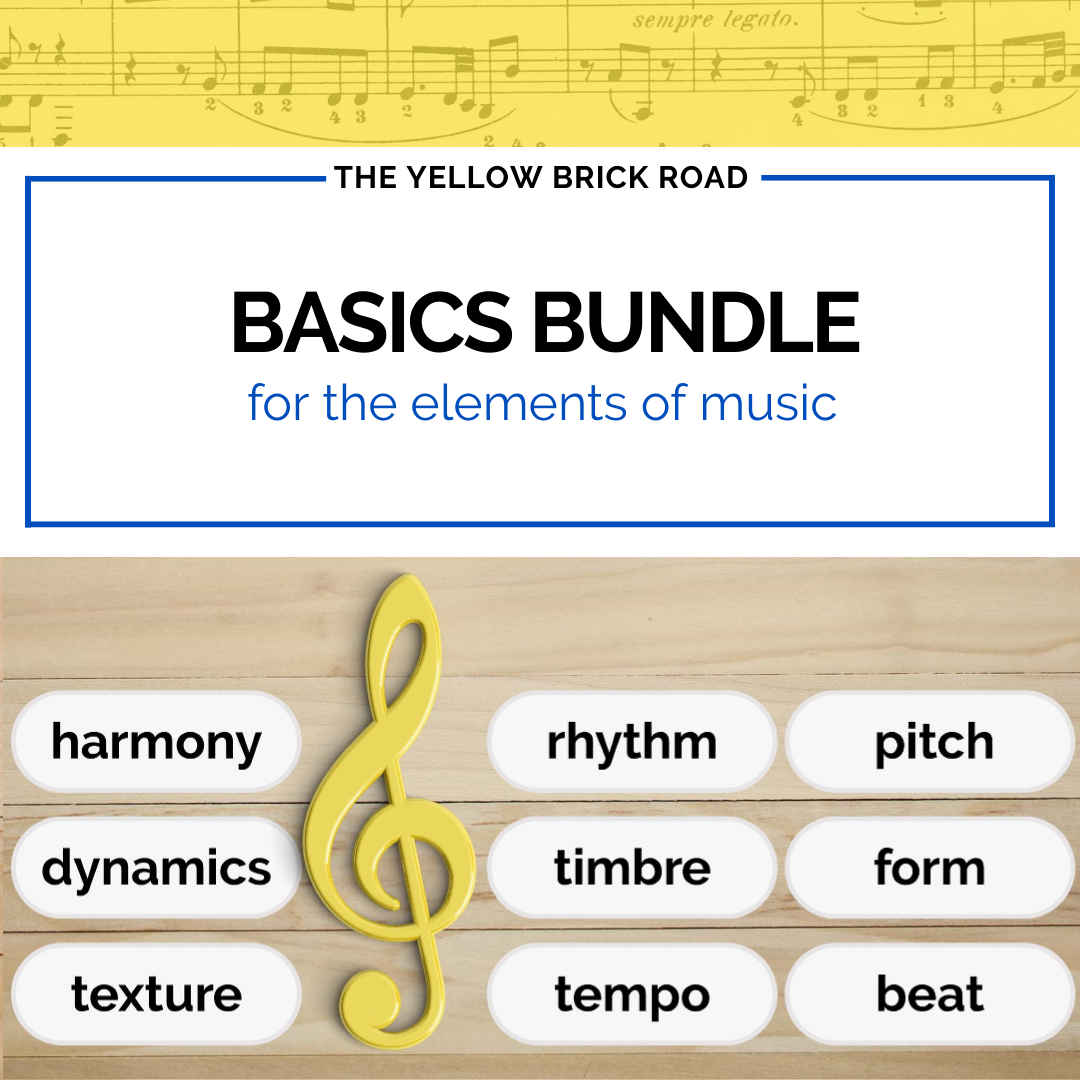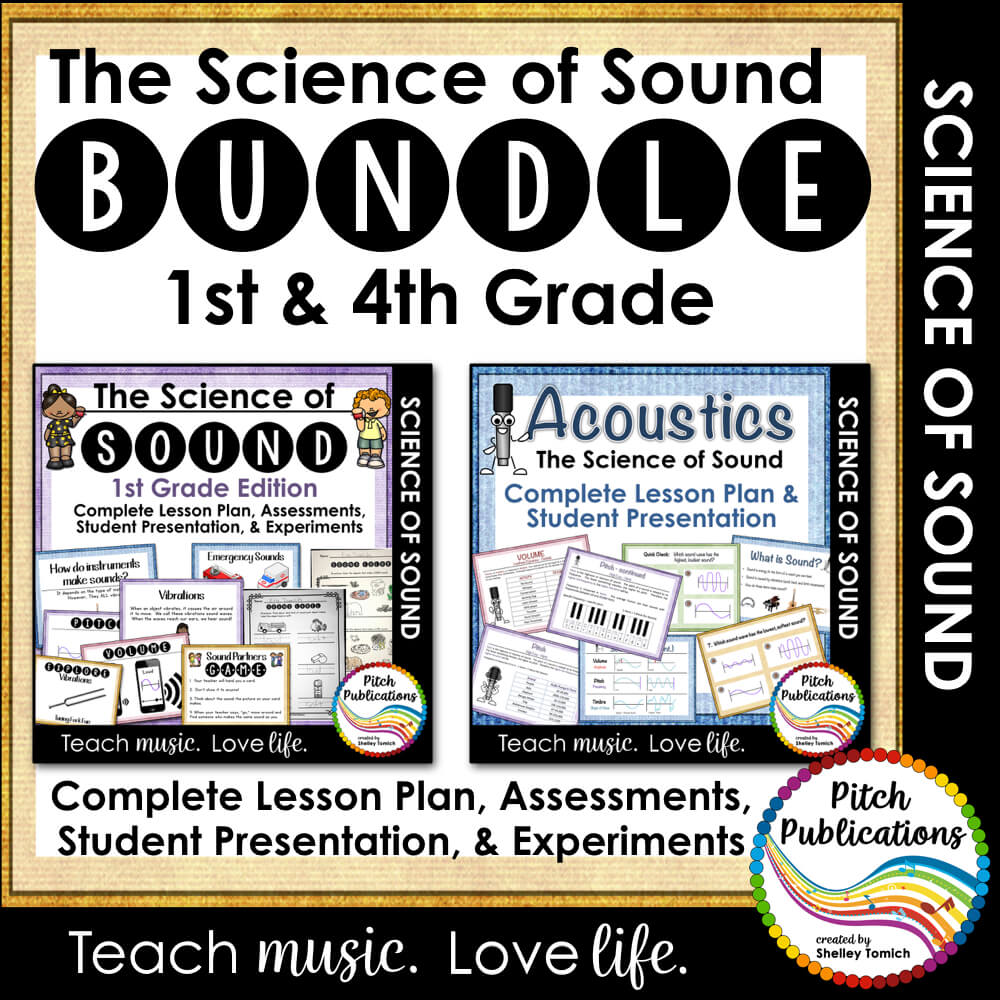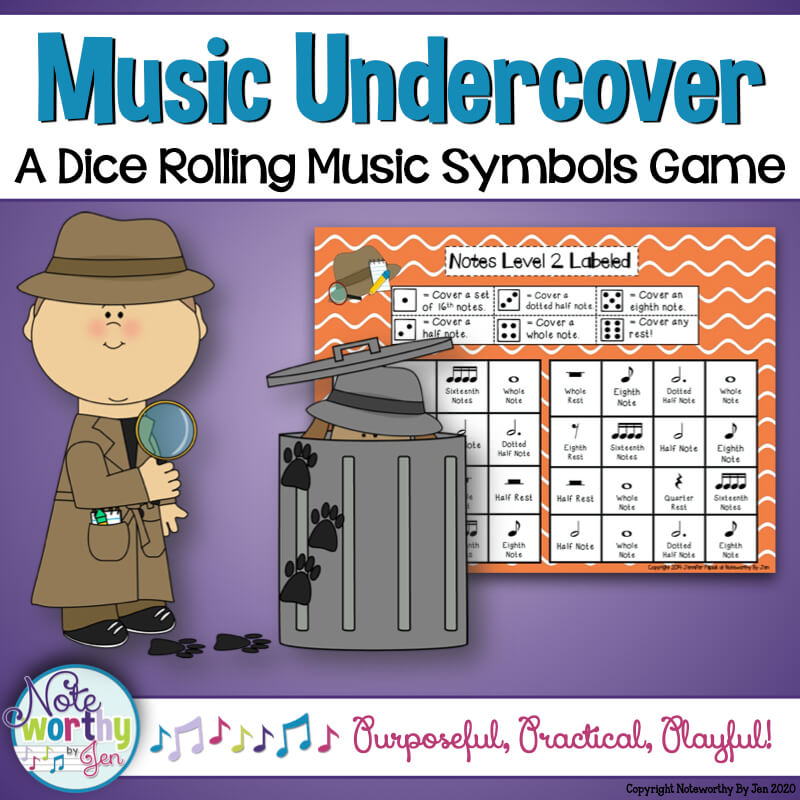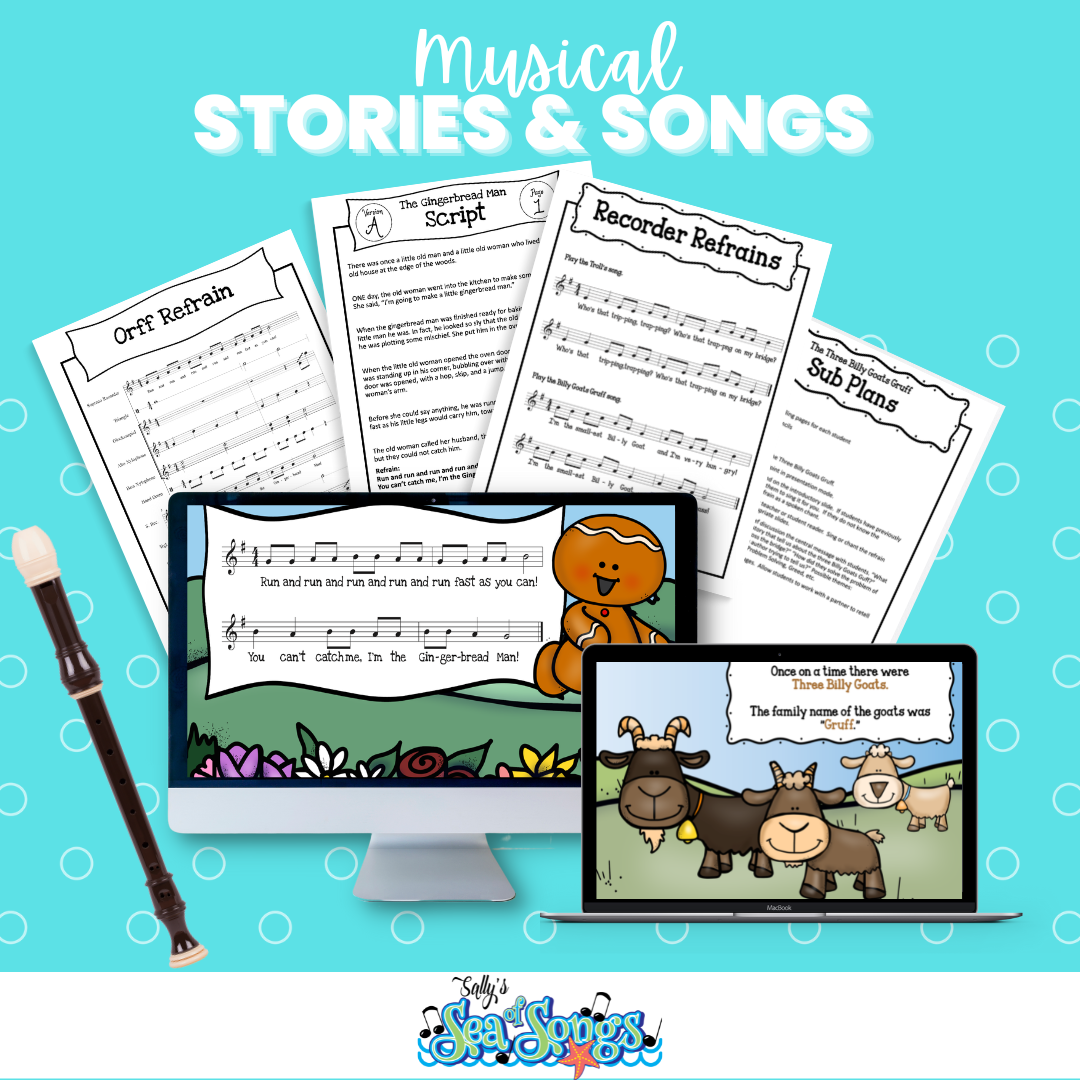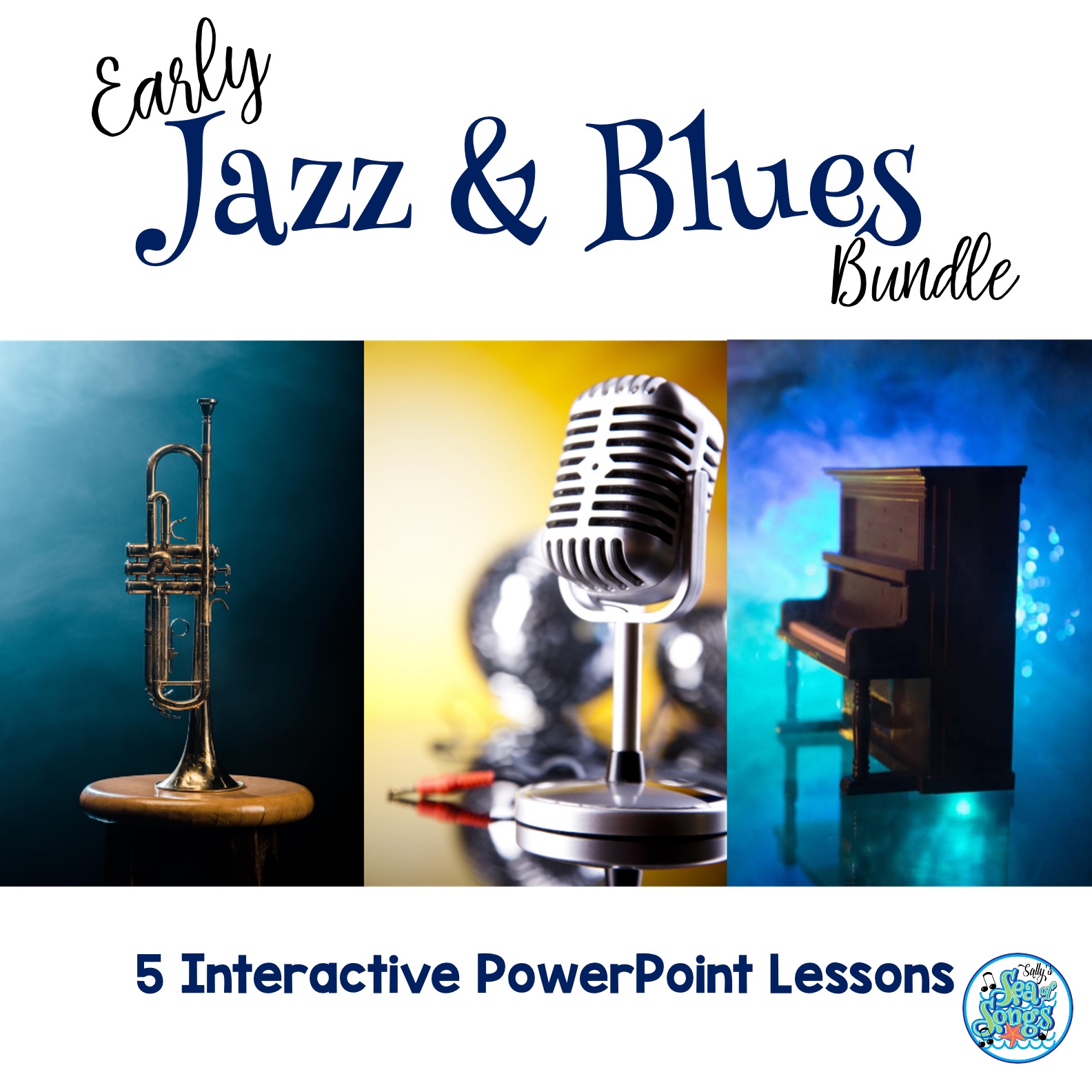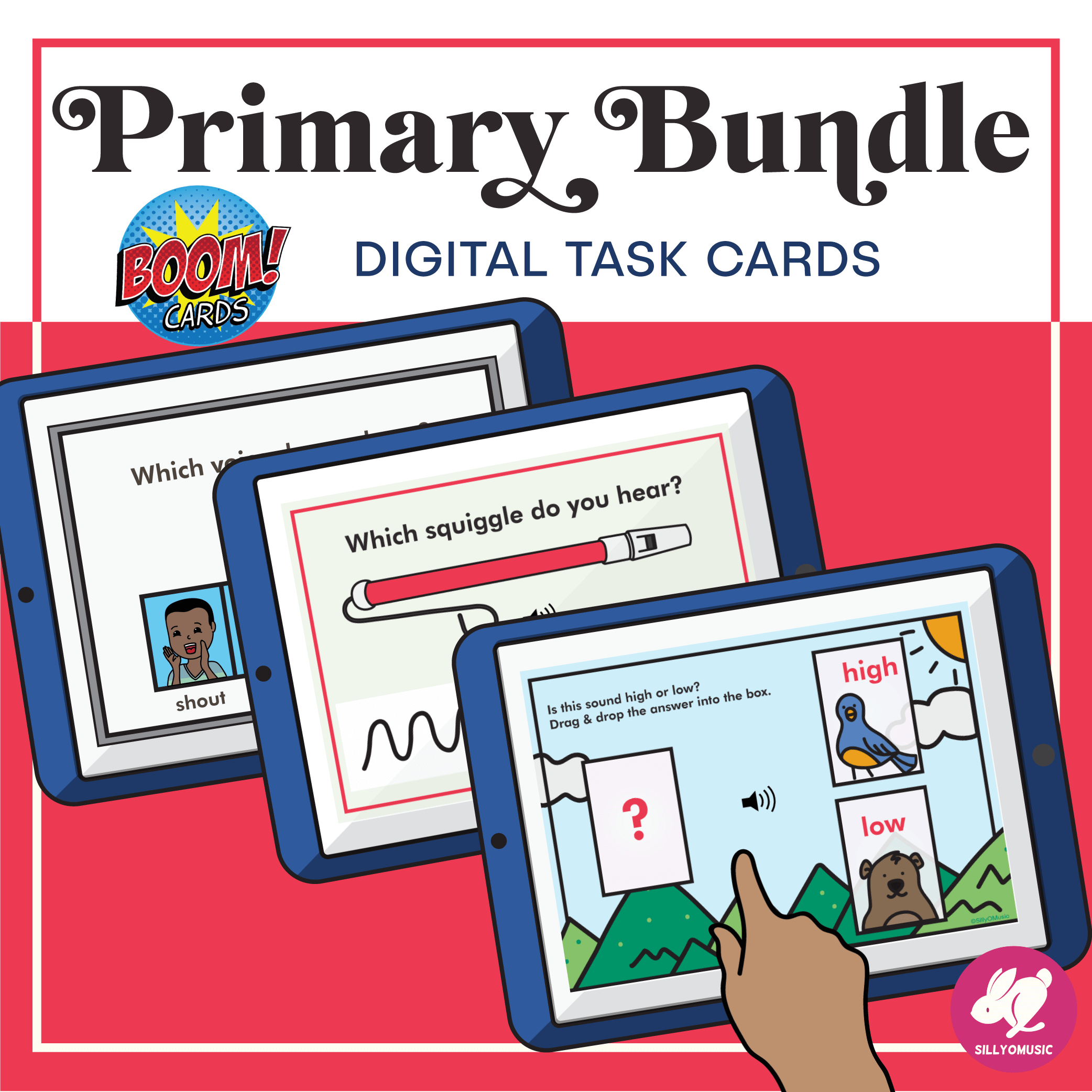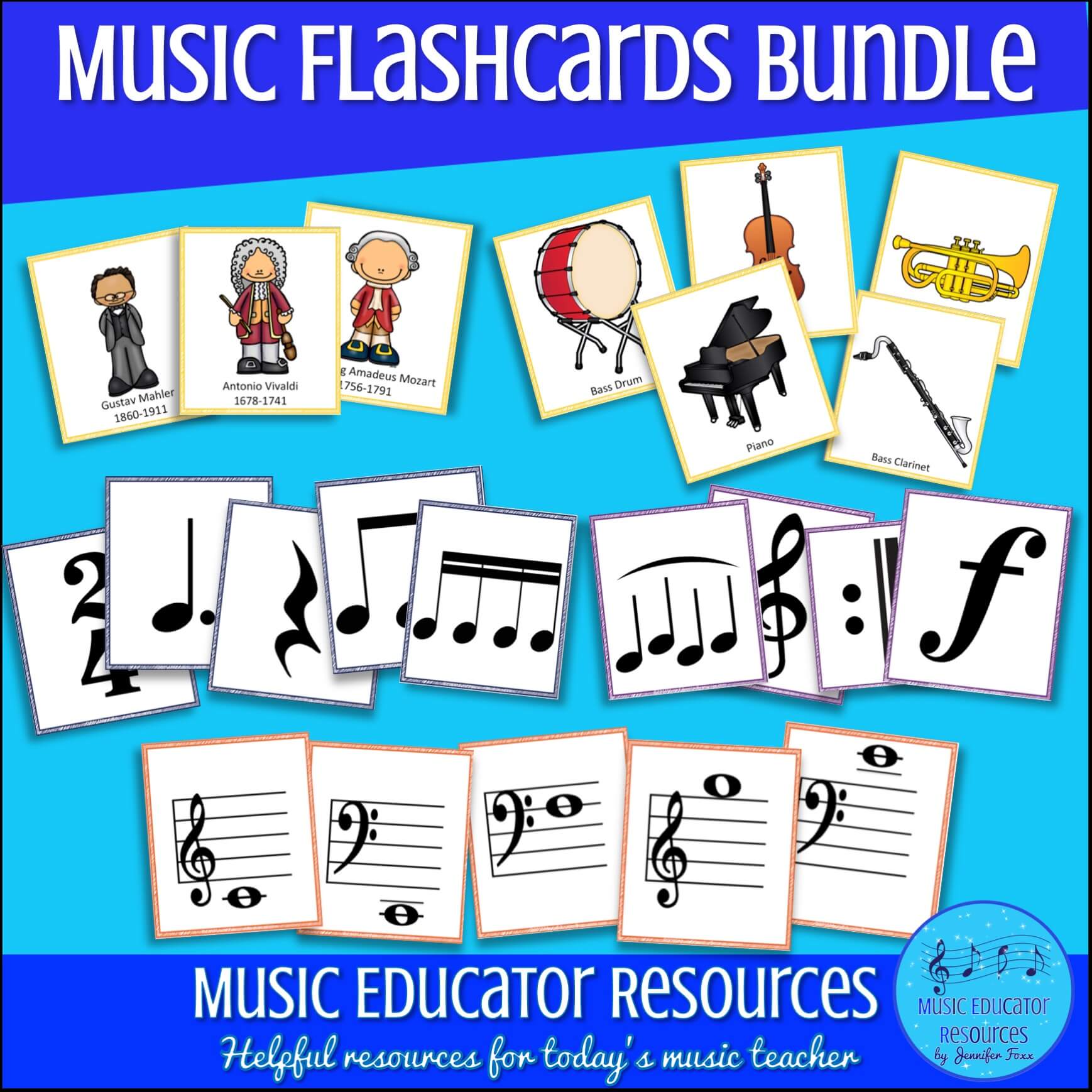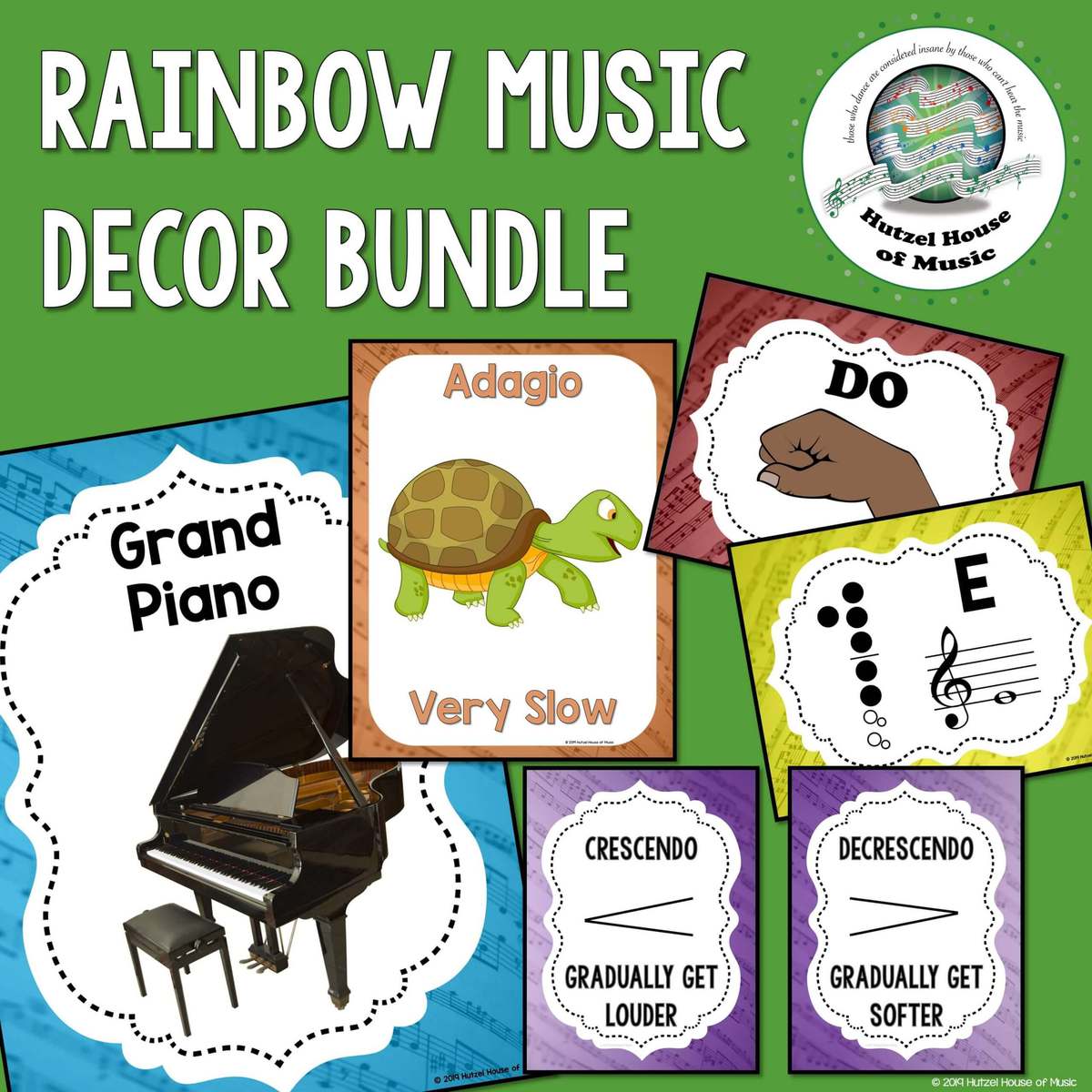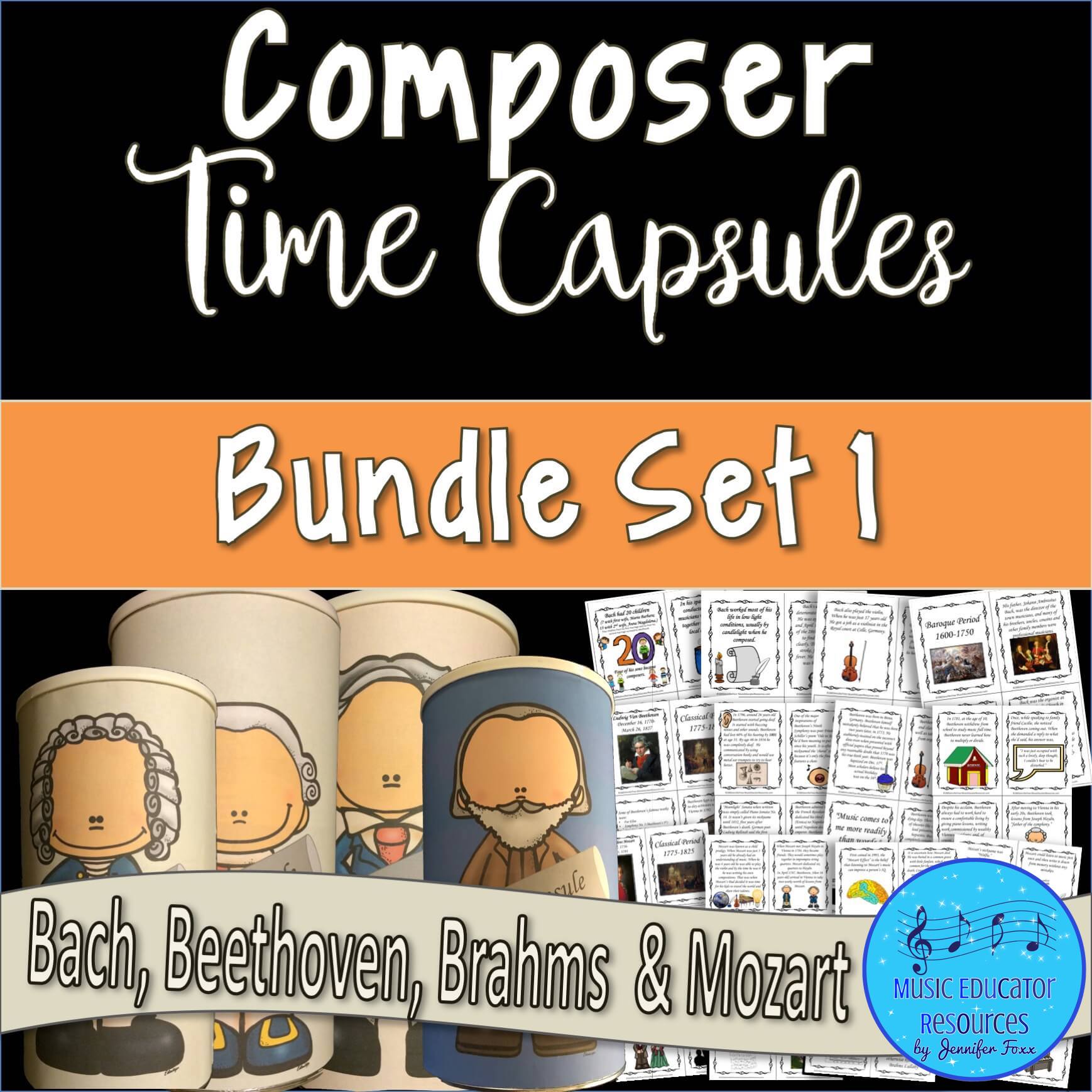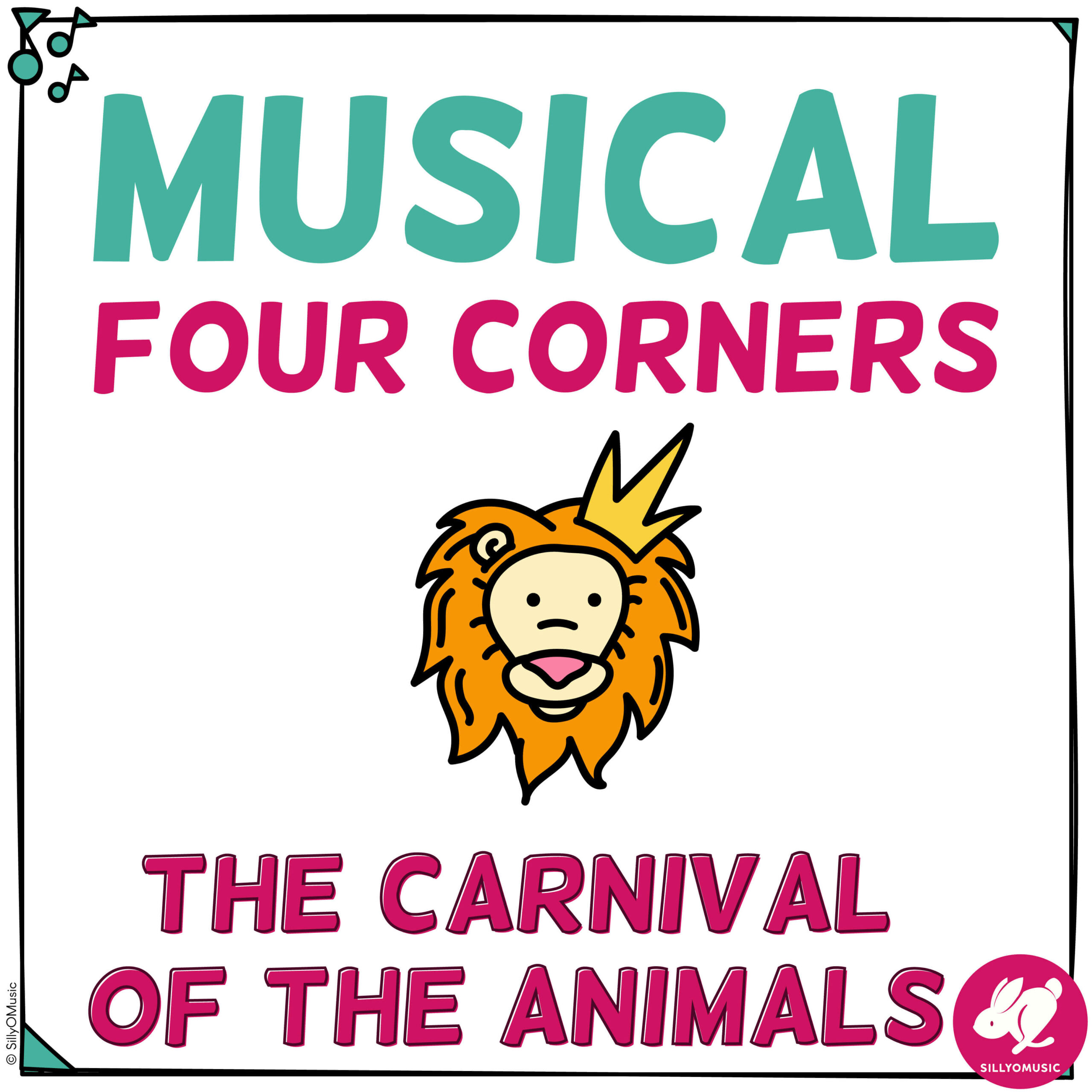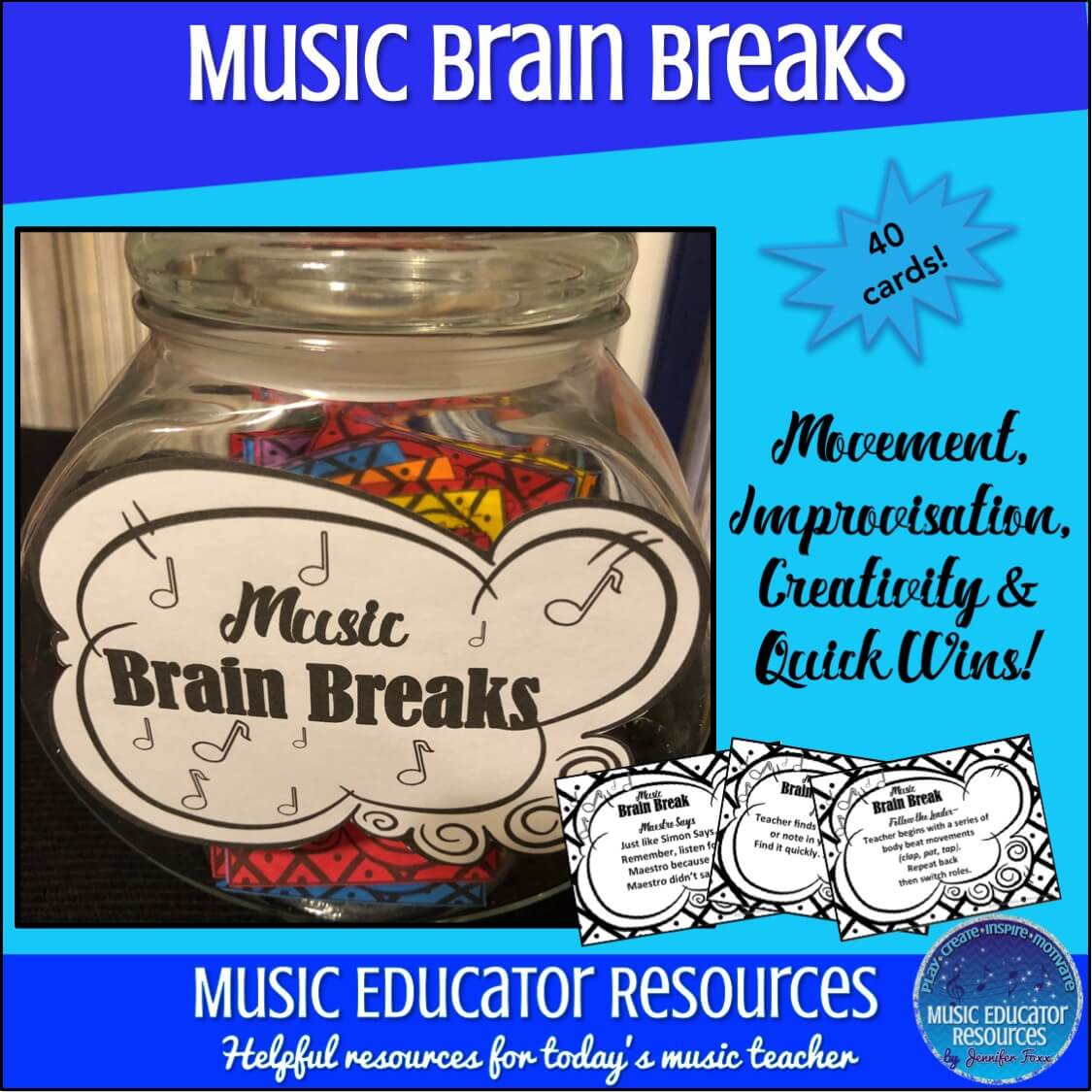How is it possible that it’s already time for school to start in many districts around the country? I’ll be meeting my own students for the first time on August 6th…right in the middle of summer…in Atlanta…also known as HOTlanta…for a reason.
I hope the air-conditioning systems are working.
It is critical that all teachers start off strong at the beginning of the year, but I think it is even more important for chorus teachers because we often teach large numbers of students in our classes.
When I say “start off strong”, I often think of a quote that I heard so often when I was in college getting my music degree while I still looked 14 years old.
“Don’t smile before Christmas!”
Um no…that is not what I mean. PLEASE smile before Christmas! It sets you up so much better for a great year!
I teach middle school chorus, and if I didn’t smile before Christmas, those children would make my life so difficult!
So, what exactly do I mean by “start off strong”?
Here are some “Do’s and Do Not’s” for the first day of school that are especially important for my middle school colleagues but probably apply to all teachers:
1) DO sing on the first day
It doesn’t matter what you sing as long as they are having fun and feeling successful quickly. Whatever you teach them needs to be something that you are 100% comfortable teaching and that you are 100% sure you can get them sounding good. The first thing I do on the first day once everyone is settled is a game called Forbidden Pattern. They get exposure to the solfege hand signs, and we all get to have some fun. It is so important to smile, laugh and have fun on that first day. So, choose a singing activity that meets that criteria, and you’ll be off to a great start!
2) DO have assigned seats on the first day.
It’s so important that our middle school students walk into the room and feel quiet structure from the first moment. Think of how your room flows so you can make sure to create an opportunity for success as your students enter the room and attempt to do what you ask of them. Remember that middle school children, especially 6th graders, are like schools of fish. They follow the person who is in front of them unless you’ve been very clear with your signage.
…And remember that they are nervous.
The structure you create for your students will be so comforting on that first day, and it will set you up for calm rather than chaos at the start of your classes after the first day.
Here is a video of what my students see the moment they walk into my room. Note how my room flows and notice how and why I made the decisions I made about where to place the instructions and handouts. If my room were organized differently, I’d make different decisions. We have to think like a nervous 6th grader when we make those decisions.
3) Do NOT go over the rules on the first day.
Nothing sucks the excitement about new beginnings than a teacher who starts the first day of school by going over a list of the rules. Middle school children immediately “turn off”. Doing this makes them want to break the rules. They size us up quickly. We need them to leave the room thinking “I can’t WAIT to go to chorus tomorrow.”
You definitely can take the children through procedures on the first day, but keep it short and relevant to whatever you are doing. For example, when it appears that most of my students have finished their word find activity, I say the following:
“Everyone write your first and last name in the upper right-hand corner of your paper. Does anyone have a folder with pockets like this one? (I hold up an example.) Great! If you have one, please take the word find and place it on the right-hand side of your folder. That is where all of your handouts will go. The left-hand side of your folder will contain written warm-up questions and answers. If you don’t have a folder with pockets today, you have until Friday to get one. You’ll need to bring it to chorus class every day. I will collect them at random times throughout the year and grade them.”
When you are ready to go over the rules, here is a free syllabus for you.
4) DO give yourself a quiet “starting” activity of some kind.
I don’t know about your school, but at my school, the student rosters are about 80% correct on the first day of school because students enroll late and others don’t bother to withdraw when they have moved. Some students get lost trying to locate your room. Other students confuse “Music Class” with “Chorus Class”. The list goes on and on as to why the start of your class on that first day will be messy, but all you need to do is to plan for it. So, I always give my students a simple word find puzzle with music terms. It buys me time.
5) DO look each of your new students in the eye that first day and try to pronounce their names.
You are thinking…”How am I supposed to do that?!?”
Let me clarify!
I teach grades 6 through 8, and my 6th graders are all new to me. I get about 100 new 6th grade students each year. So, I take the time on that first day at the very beginning of class after everyone is quiet while they are working on their word find to go around the room “one-by-one-face-to-face” with my 6th graders and try to pronounce their names. I make notes on my seating chart. I do it quietly so they don’t feel embarrassed.
I’ve taught most of my 7th and 8th graders before, but I make sure to find the ones I didn’t teach and make that important connection.
Looking them directly in the eye and saying their names gives you a connection from day 1. It helps them feel valued.
With class sizes as large as ours can be, it is important to send that message from the start.
Dale Duncan-Creator of S-Cubed Sight Singing for Beginners


